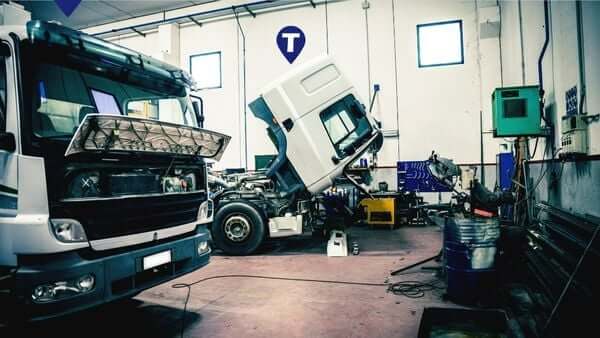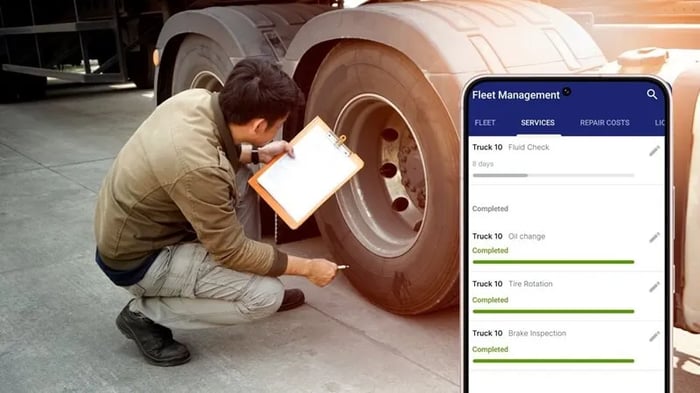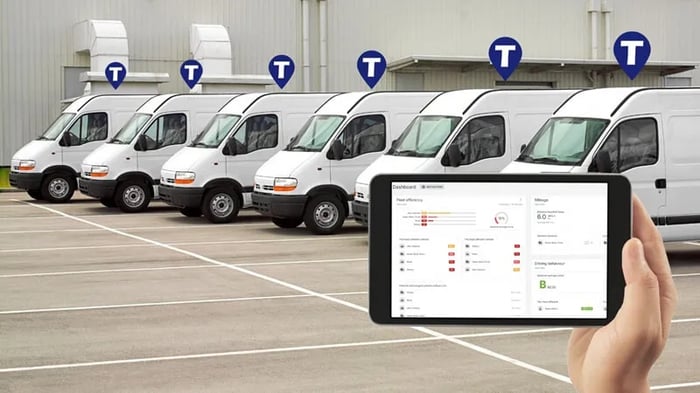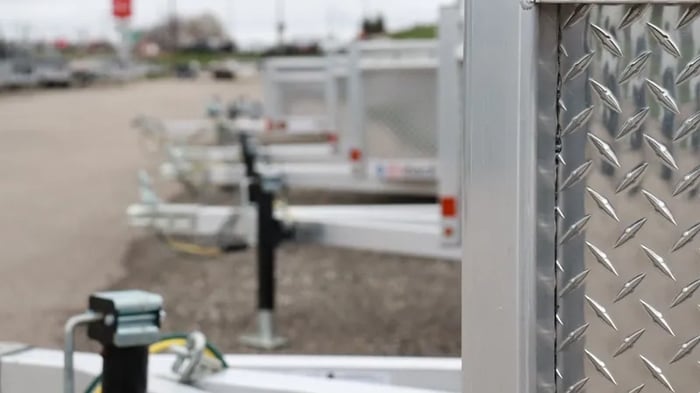Table of Contents
Rolling a fleet of vehicles into your business model can unlock new revenue, tighter service
windows, and better customer experience—if you plan it right from day one.
Main Takeaways
Start with a focused use case (deliveries, service calls, rentals), pick the smallest fleet that meets demand, and stand up three pillars early: routes and utilization, driver standards, and a strict maintenance rhythm. Track a few metrics weekly (on-time rate, cost per mile, vehicle uptime) and iterate.
Why a Fleet Helps Your Business
➔ Faster fulfillment and tighter ETAs that boost customer satisfaction and retention
➔ Brand presence on the road: rolling ads and local awareness
➔ More control over quality, handling, and chain of custody vs. outsourcing
➔ Data you can optimize: routing, loading patterns, dwell time, and seasonality
➔ New offers: same-day delivery, on-site service, scheduled pickups
Core Decisions Before You Buy
● Use case clarity: What jobs will vehicles do 80% of the time?
● Ownership model: Buy, lease, or owner-operator contracts? Run a 3-year TCO for each.
● Right-sizing: Start with the minimum fleet that meets peak minus one; fill gaps with rentals.
● Spec & upfit: Choose cargo volume, payload, shelving, power, telematics ports, and safety features.
● Insurance & risk: Verify commercial auto, cargo, and umbrella coverage; define who drives and when.
Tips for Optimizing Driver Performance
Use evidence-based habits to lift safety, speed, and service quality. Pulling from this guide,
here’s a tight playbook you can implement now:
● Train to a standard, not a schedule: set expectations, common mistakes to avoid,
and refreshers tailored to your routes.
● Leverage telematics (with real-time alerts): monitor speeding, harsh braking,
and idling; coach with data, not hunches.
● Back it with maintenance: performance rises when drivers operate properly
maintained vehicles; prioritize comfort, reliability, and scheduled service.
● Make communication two-way: invite concerns and ideas from drivers; fix issues
fast to build trust and performance.
● Align behavior with goals & incentives: reward safe, on-time driving with
meaningful perks; keep competitions friendly and light.
● Coach with dash cams, not gotchas: use footage for real-time awareness and post-
trip improvement plans.
● Track progress visibly: share metrics so drivers see improvement over time;
celebrate wins publicly.

Fleet Management Challenges (and How to Solve Them)
1) Cost Creep (fuel, repairs, insurance)
Solve it
● Standardize vehicle types to simplify parts and training
● Install telematics to monitor idling, harsh braking, and route inefficiencies*
● Negotiate fuel cards and preferred repair networks. Metric to watch: cost per mile, with fuel and maintenance broken out
*Tip: Consider a fleet platform like Trackem to centralize GPS tracking, routing, and job status so dispatch can adjust in real time.
2) Unplanned Downtime
Solve it
● Move to preventive maintenance by engine hours and mileage, not just the calendar
● Keep a spare vehicle or on-call rental partner for continuity
● Stock a small inventory of wear items (filters, belts, bulbs)
Metric to watch: vehicle uptime percentage
3) Safety and Liability
Solve it
● Set driver standards (MVR checks, training, incident review) and enforce them
● Add dashcams and ADAS features; pair footage with coaching, not punishment
● Clear post-incident SOP: document, report, repair, retrain.
Metric to watch: incidents per 100k miles
4) Route Inefficiency
Solve it
● Batch jobs by zone and time window
● Use route optimization software; lock cut-off times for same-day requests
● Create load order rules so the first stop is last in, first out
Metric to watch: on-time delivery/service rate
5) Data Sprawl
Solve it
● One system of record for vehicles, drivers, maintenance, incidents, and costs
● Weekly summary: utilization, cost per mile, uptime, incident log
● Quarterly review to retire underperforming units or change specs
Quick-Start Checklist (first 60 days)
☐ Define the fleet’s primary job and service promise (e.g., same-day within 20 miles)
☐ Choose vehicle type and acquisition model after a simple 3-year TCO comparison
☐ Bind insurance and draft driver policy (eligibility, phone use, load limits)
☐ Set up telematics, fuel cards, and a maintenance calendar
☐ Train drivers on safety, customer etiquette, and daily inspections
☐ Launch a weekly “Fleet 15” meeting: uptime, incidents, on-time rate, cost per mile
☐ Establish a backup plan: rental partner, spare vehicle, or subcontract overflow
Roles and Responsibilities Table
| Role | What they own | Weekly deliverable |
Fleet manager (or owner) | KPIs, vendor relationships, budgets | KPI dashboard + action items |
| Dispatcher/ops lead | Route building, day-of adjustments | On-time rate + notes |
| Lead driver/coach | Training, ride-alongs, safety culture | Incident reviews + tips |
| Maintenance partner | Preventive schedule, repairs, parts | Next service dates + downtime |
| Finance/admin | TCO, fuel, and insurance audits | Cost-per-mile rollup |
Policies That Protect Your Brand
● Customer promise: clear windows, proactive updates, simple reschedule rules
● Vehicle standards: clean interiors, consistent branding, no-smoking policy
● Driver conduct: dress code, greeting script, damage report protocol
● Incident response: one-page flow for accidents, breakdowns, and complaints
Upgrade Path as You Scale
● Move from phone-and-spreadsheet dispatch to a fleet platform when units >5–7
● Add temperature control or power inverters if your cargo demands it
● Rotate out older units based on maintenance trendlines, not age alone
● Pilot EVs or hybrids on short, predictable routes where charging fits the schedule
FAQ
How many vehicles should I start with?
As few as possible to hit your service promise, prove demand, then add capacity.
Is telematics worth it for a tiny fleet?
Yes—often paid back by fuel savings and fewer incidents within months.
When should I hire a dedicated fleet manager?
When the owner spends >20% of their week on dispatch, maintenance, and driver
coordination, or when units exceed ~10.
Bottom Line
A fleet multiplies your reach, as long as it’s planned, measured, and maintained. Start small,
standardize the work, and build a maintenance rhythm that keeps wheels turning and
customers happy. The payoff is faster service, stronger brand presence, and a durable advantage in your market.



